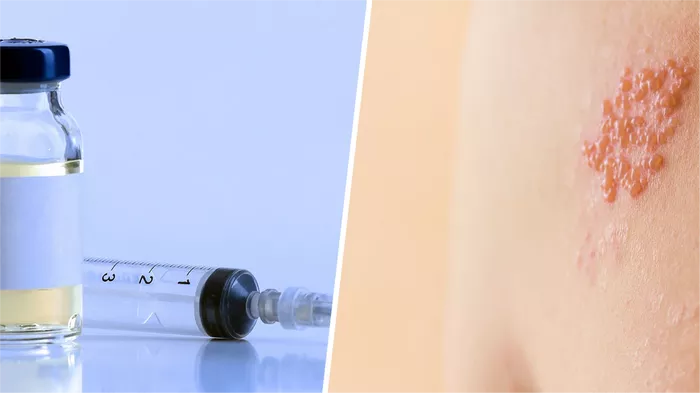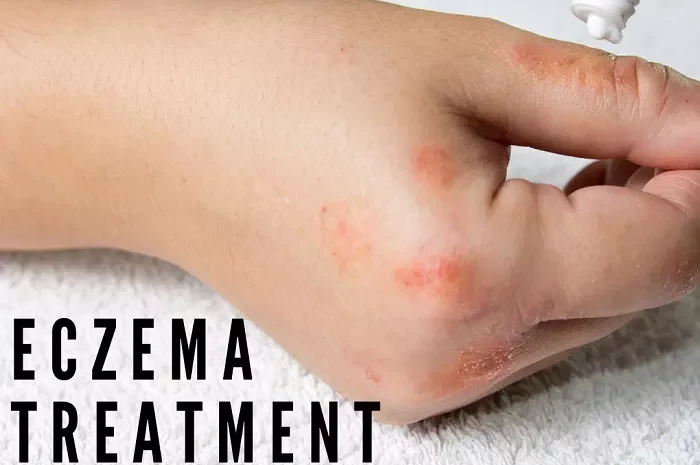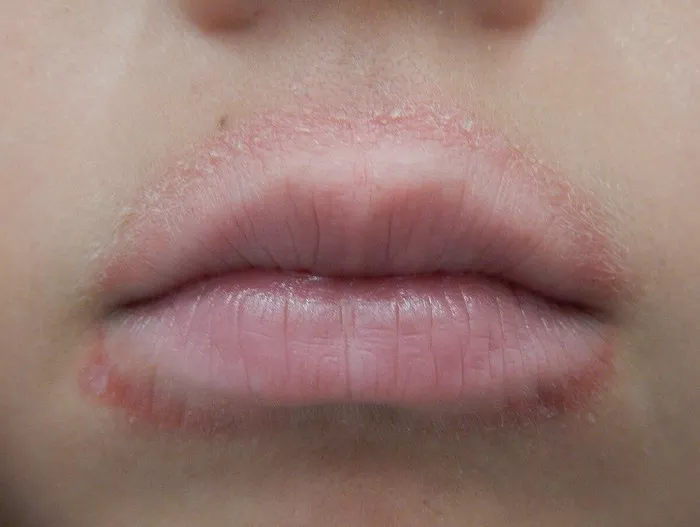Shingles, medically known as herpes zoster, is a painful viral infection caused by the reactivation of the varicella-zoster virus, the same virus that causes chickenpox. While anyone who has had chickenpox is at risk of developing shingles, the likelihood increases with age and weakened immune systems. The condition typically manifests as a painful rash that occurs in a band or stripe on one side of the body and is accompanied by other symptoms like fever, headache, and fatigue. Thankfully, vaccines have emerged as a crucial tool in preventing shingles and reducing its severity. In this article, we will explore the vaccines available for shingles, their efficacy, safety profiles, and recommendations for their use.
Understanding the Varicella-Zoster Virus and Shingles
Before delving into the vaccines, it’s essential to understand the varicella-zoster virus (VZV) and its role in causing shingles. VZV is a member of the herpesvirus family and remains dormant in the body after causing chickenpox. Later in life, often due to age-related declines in immunity, stress, or other factors, the virus can reactivate, leading to the development of shingles. The reactivation typically occurs along nerve pathways, resulting in the characteristic rash and pain associated with the condition.
The Importance of Vaccination
Vaccination against shingles plays a crucial role in preventing the onset of the disease or reducing its severity and complications. By stimulating the immune system to produce specific antibodies against VZV, vaccines can effectively prevent the reactivation of the virus or lessen its impact on the body. There are currently two main vaccines approved for the prevention of shingles: Zostavax and Shingrix.
Zostavax: The First Generation Vaccine
Zostavax, developed by Merck, was the first vaccine approved for the prevention of shingles. It is a live, attenuated vaccine containing a weakened form of the varicella-zoster virus. Approved by the U.S. Food and Drug Administration (FDA) in 2006, Zostavax was initially recommended for adults aged 60 and older.
While Zostavax demonstrated efficacy in reducing the risk of shingles by approximately 51%, its effectiveness waned over time, leading to the need for a booster dose. Moreover, being a live vaccine, it was not suitable for individuals with weakened immune systems, such as those undergoing chemotherapy or with HIV/AIDS.
Shingrix: A Game-Changer in Shingles Prevention
In 2017, the landscape of shingles vaccination changed with the introduction of Shingrix, developed by GlaxoSmithKline. Unlike Zostavax, Shingrix is a non-live, recombinant subunit vaccine composed of a purified antigen from the varicella-zoster virus along with an adjuvant to enhance the immune response. This composition makes Shingrix suitable for individuals with compromised immune systems.
Clinical trials have demonstrated the superior efficacy of Shingrix compared to Zostavax, with studies showing a reduction in the risk of shingles by more than 90% across all age groups. Additionally, Shingrix has shown sustained effectiveness over time, with protection lasting for at least four years post-vaccination.
Recommendations for Shingles Vaccination
Given the superior efficacy and safety profile of Shingrix, it has become the preferred vaccine for shingles prevention. The Centers for Disease Control and Prevention (CDC) recommends Shingrix for healthy adults aged 50 and older, regardless of whether they have had chickenpox or received the Zostavax vaccine previously.
Individuals who have already received Zostavax are also encouraged to get vaccinated with Shingrix, as it offers better protection and longer-lasting immunity. The CDC recommends a two-dose series of Shingrix, administered two to six months apart, to ensure optimal efficacy.
Safety and Side Effects
Both Zostavax and Shingrix are generally safe and well-tolerated vaccines. The most common side effects reported with Shingrix include pain, redness, and swelling at the injection site, as well as fatigue, muscle pain, headache, fever, and gastrointestinal symptoms. These side effects are usually mild to moderate and resolve within a few days.
Serious adverse events associated with shingles vaccination are rare. However, individuals with a history of severe allergic reactions to any component of the vaccine should not receive it. It’s essential to consult healthcare providers to assess individual risk factors and discuss any concerns before vaccination.
Conclusion
Vaccination against shingles is a critical preventive measure, particularly for older adults who are at increased risk of developing the condition. With the availability of effective vaccines like Shingrix, individuals now have the opportunity to significantly reduce their risk of experiencing the pain and complications associated with shingles. By staying informed about the available vaccines and following recommended vaccination guidelines, we can collectively work towards reducing the burden of shingles and improving the overall health and well-being of our communities.


























